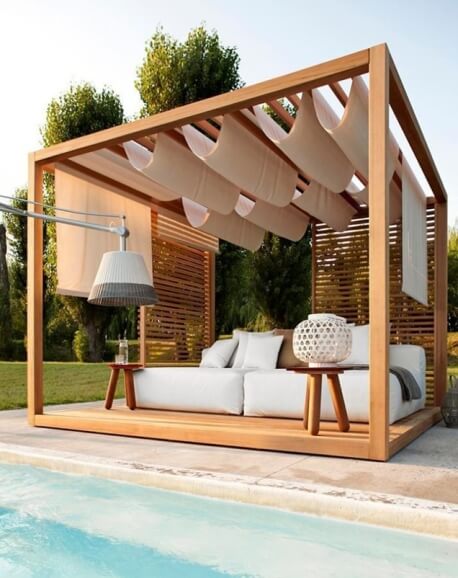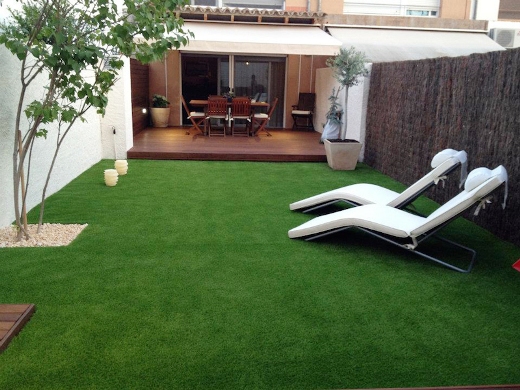The intense cold of winter can have devastating consequences on outdoor plants, whether grown in pot or garden soil. But there are ways to protect the specimens or at least mitigate the effects of low temperatures. This article offers some of the main techniques to prevent plants from being harmed or even dies from intense colds, such as coating them with plastic, reducing irrigation, grouping the specimens to create microclimates and placing padding on the garden floor.

Protection for plants to withstand the cold
The winter cold, especially when temperatures drop below zero degrees, affect can cause death of the plants. But not only damage to living beings, but that can also break the flowerpots. This is because, when frozen, the water retained in the containers expands its size. To avoid these negative consequences during the coldest time of the year, some recommendations, such as those listed below, should be kept in mind.
Cover the pots. Whenever possible, plants and shrubs in pots should be kept under cover during winter nights, especially in colder regions. But, in addition, the pots must be protected. The best way to do this is to coat them with bubble wrap, which is used to pack fragile objects when moving. This material combines the insulation capacity of the plastic itself with the presence of air capsules that accentuate its effect. If you do not have bubble wrap, you can use other materials such as burlap fabric or old carpet, cardboard, newsprint, etc. You can also place the pot in a larger container, the same material or another as wicker, and put straw in the space between them. The important thing is to try to isolate its surface and ensure that it is not discovered, particularly if they are made of clay, ceramic or terracotta, elements of greater fragility in the face of extreme temperatures.
Reduce irrigation. One of the main problems generated by the cold is the freezing of the water present in the substrate of the plant. Due to this reason, since the needs of moisture from the plants at this time is much lower, it is important to reduce the amount of irrigation and also ensure that the soil has a good drainage.
Cover the plants. The best way to cover the plants is also with bubble wrap or, alternatively, with normal transparent plastic. In this way, the passage of light is not completely prevented and, in turn, the cold air is prevented from coming into direct contact with the specimen. It is important; of course, remove the cover during the day, so that the plant does not suffocate. The plastic should not lean directly on the leaves or stems, which would crush and be harmed: you must place a few high stakes should be placed to hold it, as if it mounted a tent. In some cases, chairs or easels may be used to fulfill the same function.
Group the copies. If in general it is convenient to gather the plants to create microclimates of good temperature and humidity, much more still in winter, when the temperatures can cause them greater suffering and stress. If possible, they should be grouped next to a wall so that they are more sheltered, and much better still if they can be oriented towards the south, where the colds have to be less intense. On the other hand, by placing several specimens together and near a wall, it is easier to protect them in mini-greenhouses.
Prevent possible falls. In addition to the cold, another risk factor during the winter is strong winds. In addition to the damage caused by the air currents in the plants, the winter wind can throw a pot and cause it to break, to spill the substrate or to deteriorate the plant. For this purpose, in addition to resources such as placing the pot in a larger or next to a wall, it is also effective to place stones or other heavy objects on the substrate, to give the whole greater stability.
Place a padding. When there are present in the soil of the garden, the best prevention is to choose species able to withstand the cold levels of the zone. In addition, it is recommended to install a good padding, of pine bark, straw, dried leaves or other elements (not only natural: artificial compounds are prepared specifically for this purpose). The padding generates a protective barrier for the floor, which produces an insulating effect with respect to the air temperature of the surface.


